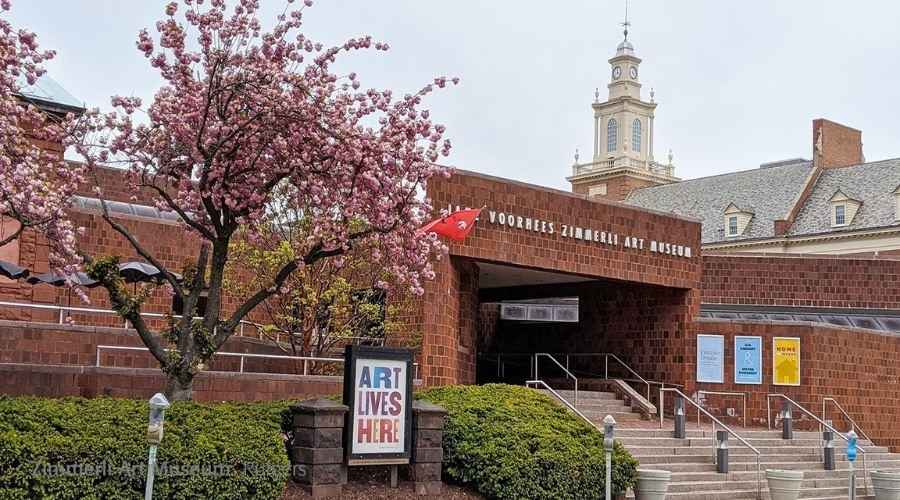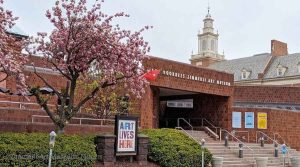Located in the heart of downtown, the Zimmerli is a vibrant place packed with rich items and fresh ideas derived from both the past and today, reflecting the many voices of many populations. It represents our ever-changing society and the dynamic research taking place at Rutgers University via its collections, exhibits, and activities, among other things. The museum encourages encounters that lead to a deeper understanding of one another and the mobilization of action for the benefit of our planet.
The Zimmerli Art Museum, situated on the New Brunswick campus of Rutgers, The State University of New Jersey, is one of the most recognized and most renowned university-based museums in the nation. It is one of the country’s most extensive and distinguished university-based museums. Using world-class works of art, the museum gathers, maintains, studies, and shows them to present the university community and varied regional, national, and worldwide audiences with a direct visual arts experience daily. Exhibitions, publications, and educational initiatives are ways that scholarly activities make art more accessible.
The Jane Voorhees Zimmerli Art Museum, formerly known as the Rutgers University Art Gallery, was formed in 1983 due to the growing size of the permanent collection, which began in 1966. Ralph and Alan Voorhees were the primary sponsors for the development of the museum, and the Zimmerli Building was named after their mother, Zimmerli Zimmerli.
It was in 1991 that Dr. Norton Dodge and his wife Nancy Ruyle Dodge donated to the Zimmerli Museum of Art nearly 20,000 works of nonconformist art from the Soviet Union, created between 1956 and 1986 by almost a thousand artists from Moscow and Leningrad, as well as artists from the former Soviet republics, for the Norton and Nancy Dodge Collection of Nonconformist Art from the Soviet Union to establish, the world’s biggest and most extensive collection of its kind.
This 70,000 square-foot structure, which includes more than 60,000 pieces of art, is the museum’s headquarters. The museum’s strengths include American art, Asian art, European art, Russian art & Soviet Nonconformist art, and original illustrations for children’s literature. The museum’s permanent collections comprise works in various media that date from antiquity to today. They serve as typical examples of the museum’s research and educational mission at Rutgers University.
In addition to funding from Rutgers, the State University of New Jersey, the Zimmerli receives money from other endowments and foundations, including the Avenir Foundation Endowment, the Andrew W. Mellon Foundation Endowment, and the Voorhees Family Endowment, among others. In addition, the New Jersey State Council on the Arts, a partner agency of the National Endowment for the Arts, the Estate of Victoria J. Mastrobuono, and benefactors, members, and supporters of the museum, have provided further funding. Contributions from other organizations, charities, and people who earn money help to ensure that Zimmerli’s operations and initiatives may continue year after year without interruption.





